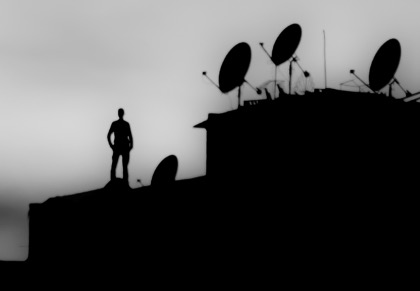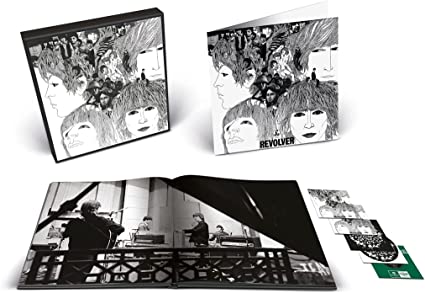
Rosanna Sirignano: Mother and child in Palestine
Rosanna Sirignano:
Mother and child in Palestine: the artas material in Hilma Granqvist nachlass at the palestine exploration fund
pdf gratuito
estratto da “Studi Interculturali” 3, 2013
Studi interculturali è una rivista pubblicata dal Centro di Studi Interculturali Mediterránea, col patrocinio del Dipartimento di Studi Umanistici dell’Università di Trieste e il coordinamento editoriale di Gianni Ferracuti. Tutti i volumi si possono scaricare gratuitamente dai siti interculturalita.it e ilbolerodiravel.org. Vengono inseriti su claydscap.com i singoli articoli della rivista, estratti dal pdf originale.
“Most part of the following article an extract from my BA and MA research work about the renowned anthropologist Hilma Granqvist’s contribution to our knowledge of Palestinian Arabic.
Hilma Granqvist died in 1972 in Helsinki. Shortly after her death the Palestine Exploration Fund (PEF), with the valuable help of Shelagh Weir, acquired all the material resulting from Granqvist’s fieldwork in Palestine.
Granqvist’s research represents an important contribution to ethno-anthropological studies of Palestine, because of the richness of the content and the detailed description of women’s lives, with particular attention to their linguistic practices. Hilma Granqvist learned Palestinian Arabic because she was aware of the importance of speaking the language of the culture she was researching. As anthropologist the worldview of each human being is transmitted through his language, and so attention to linguistic practices allows us to develop a better understanding of the complexity of a given social system.
This selection of examples show that our knowledge of Palestinian Arabic could be extended even through indirect sources, such as ethnographical works.
Anyway, Granqvist’s accurate description of a Palestinian small village daily life will ever have a unique and special place in Middle East anthropology.
In 1972 the anthropologist Shelagh Weir, whose help has been invaluable to me, visited Granqvist’s house in Helsinki to go over her papers: «Her living room was lined with files and books; she had obviously spent years sorting, annotating and labelling her precious research materials».
Hilma Granqvist: biography and work
Hilma Granqvist was born in 1890 in Sippo. Her family was Swedish-speaking Finn, a minority group in Finland. In 1911, having finished her schooling at a girls school in Helsinki, she began to study at Ekenäs Seminarium. She received a teaching diploma there in 1914 together with Helena Westermarck.[2] Helena was the elder sister of Edward Westermarck (1862-1939), who was to become fundamental to the career of Granqvist in the years that followed.
In 1921 Granqvist obtained a master’s degree in pedagogy, child psychology and philosophy at Helsinki University. Then she decided to continue her studies with the Associate Professor of Practical Philosophy, Gunnar Landtman, who assigned her a thesis on «Women and the Old Testament». In order to acquire more knowledge about this issue, Granqvist went to Berlin where she attended a course in Old Testament Studies at the university. Then she moved to Leipzig where she studied archaeology and theology. Granqvist soon realised that the material available to write her book was not sufficient, so she decided to go to Palestine in order to study the lives of women. She left for the field work for the sake of her personal interests, without the support of any academic institution. Granqvist’s tutor in Berlin, the theologian and biblical scholar Professor Ernst Sellin (1867-1946), felt that any woman of the generation preceding Granqvist’s wishing to carry out field research in Middle East would have been considered «mad». So even a great Professor of the 19th century Berlin stressed her pioneering role.
In 1925 Hilma Granqvist obtained a scholarship from a the Finnish students union Nylandska Nationen. In the summer of the same year she left for Palestine. In Jerusalem she studied Palestinian archaeology, taught by Professor Albrecht Alt (1883-1956) at the Deutches Institut fur Evangelische Altertumswissenschaft des Heiligen Landes (DEIAHL). At the end of this course Granqvist began her research in Artas. She remained in the village until March 1927. She got a chance to return again three years later, thanks to an international scholarship from The Association of American University Women.
Between the two stays in Artas, she followed a course in sociology at the London School of Economics, taught by Professor Westermarck. Here Granqvist had the privilege to meet one of the most important 20th century anthropologists, Bronislaw Malinowsky (1884-1942) and she attended one of his courses in 1938.
The research which Hilma Granqvist undertook between 1925 and 1931 provided her with most of the material, that later became the content of her published work. In 1931 she published Marriage conditions in a Palestinian village vol. 1 and in 1935 the second volume appeared. These two volumes offer a detailed description of marriage stages and some aspects of family life. In 1939 Granqvist published Arabiskt Familjeliv. Thanks to this book, she won a prize in a Scandinavian competition, that used to reward scientific work…”




